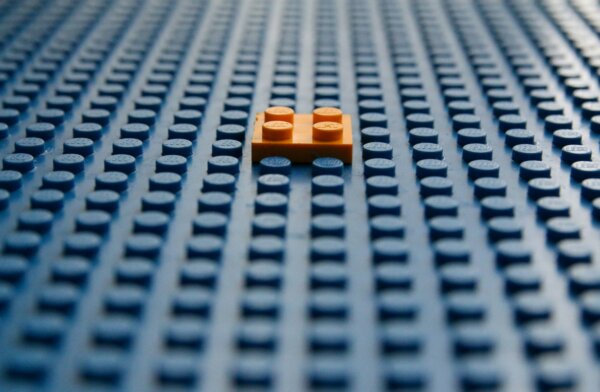Is this design dictated by its technical function?
Written by Saad Khan | April 26, 2023
A common question we get asked is ‘what is the difference between a registered design and a patent?’. Simply, one of the main differences is that a registered design right protects the aesthetics of a product, whereas a patent protects the function.
If a design is solely dictated by a technical function, it will be refused registered design right protection. In the recent case of Papierfabriek Doetinchem B.V. v Sprick GmbH, the CJEU dealt with the technical function point in relation packing-paper dispensers.
Background
Sprick GmbH (Sprick), the claimant, produce packing-paper dispensers. They are the owner of various Registered Community Design rights in relation to packing-paper dispensers – as depicted below left (RCD). Sprick also owns a patent for the dispenser. Sprick’s dispenser is depicted below right.



Sprick’s competitor and defendant, Paperfabriek Doetinchem (PD) also sell paper dispensers. Sprick brought a claim against PD for infringement of its RCD above. PD then filed a counterclaim for cancellation of the RCD claiming that all features were dictated solely by their technical function.
The Higher Regional Court in Germany which dealt with this dispute dismissed the infringement claim and held that Sprick’s RCD is invalid. The Court took into account Sprick’s patent in its assessment and argued that all features of Sprick’s product were technically advantageous. Further, the other design elements were irrelevant.
Sprick appealed the decision, with the German Supreme Court (GCS) scrutinising the decision of the Higher Regional Court. Firstly, there was too much emphasis placed on Sprick’s patent which explain the technical functions of the product and not the appearance. Secondly, the Higher Regional Court should have assessed the visual aspects of Sprick’s product, especially given that it consists of two components which allows for a two-colour appearance. Finally, the Higher Regional Court ignored the fact that Sprick held other RCDs for variations of the dispenser, which all have the same technical function.
The GCS referred the case back to the Higher Regional Court, who disputed the GCS’s reasoning. They referred the following questions to the CJEU:
- What is the significance of the fact that the design owner also holds design rights for numerous alternative designs in the assessment of the question whether the features of the appearance of a product are dictated solely by their technical function?
- In assessing technical functionality, is it necessary to take into account that the design allows for a multicolour appearance in the case where the colour design is not, as such, apparent from the registration?
The decision
In relation to question 1, if the technical function is the only factor determining the choice by the designer of a product, then it is unlikely to fulfil registration requirements. However, if visual aspects have played a role in the choice by the designer, then design right protection is possible.
In this case, Sprick had a number of alternative RCDs fulfilling the same technical function. However, the CJEU held that the existence of alternative designs is not decisive in deciding whether to grant design right protection.
On question 2, the CJEU held that visual considerations, such as the two components allowing for a multicolour appearance, may in principle be taken into account in the overall assessment of whether a design should be granted protection.
That said, the CJEU pointed out that the mere possibility of a multicolour appearance is not sufficient, especially if it is not clear in the representation of the design.
Comment
It is important to note that this CJEU decision is not binding on UK courts, however, it will hold persuasive value.
For those looking at protecting their designs, the main takeaway from this decision is that if you have a design which has a technical function, ensuring the other visible features of the product are distinct and are not dictated by the technical function will help overcome any objections. Further, if the product is designed in such a way that it allows the application of different colours this can emphasise the aesthetic of the product as opposed to the technical function.

